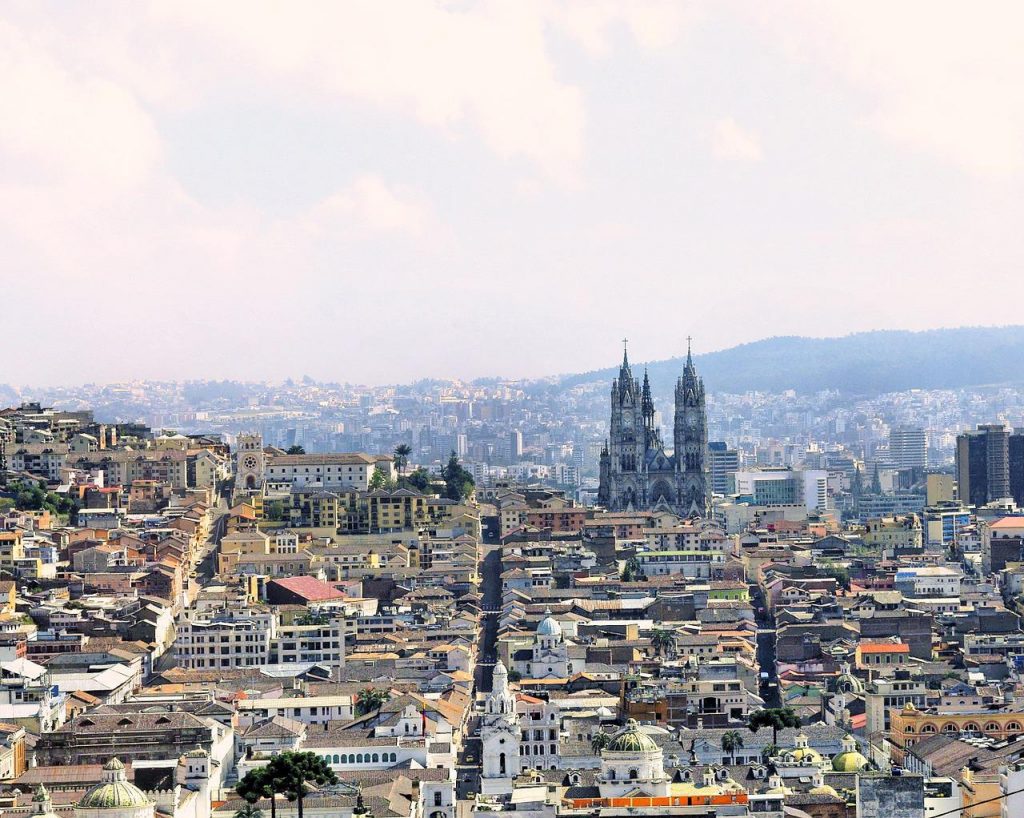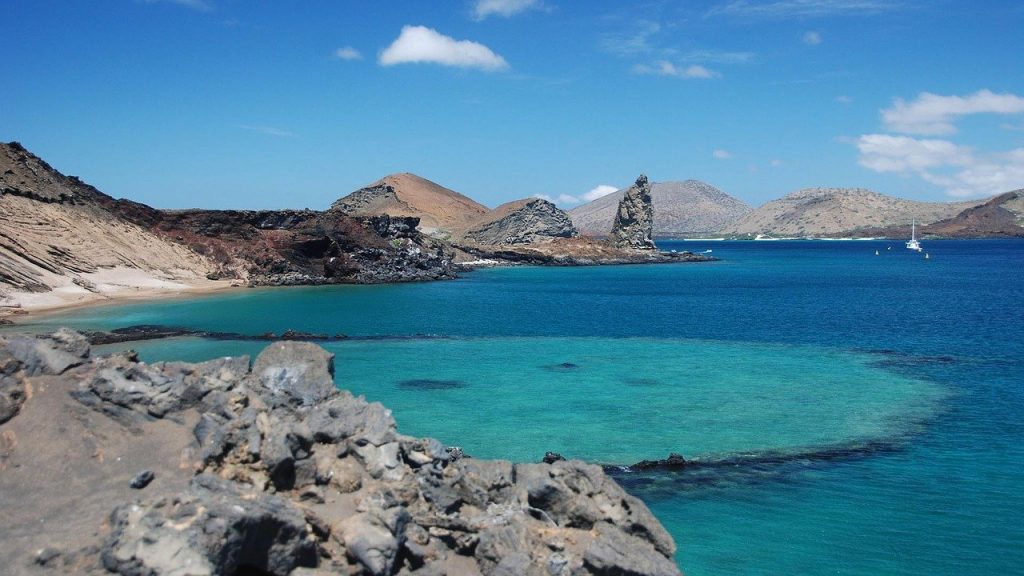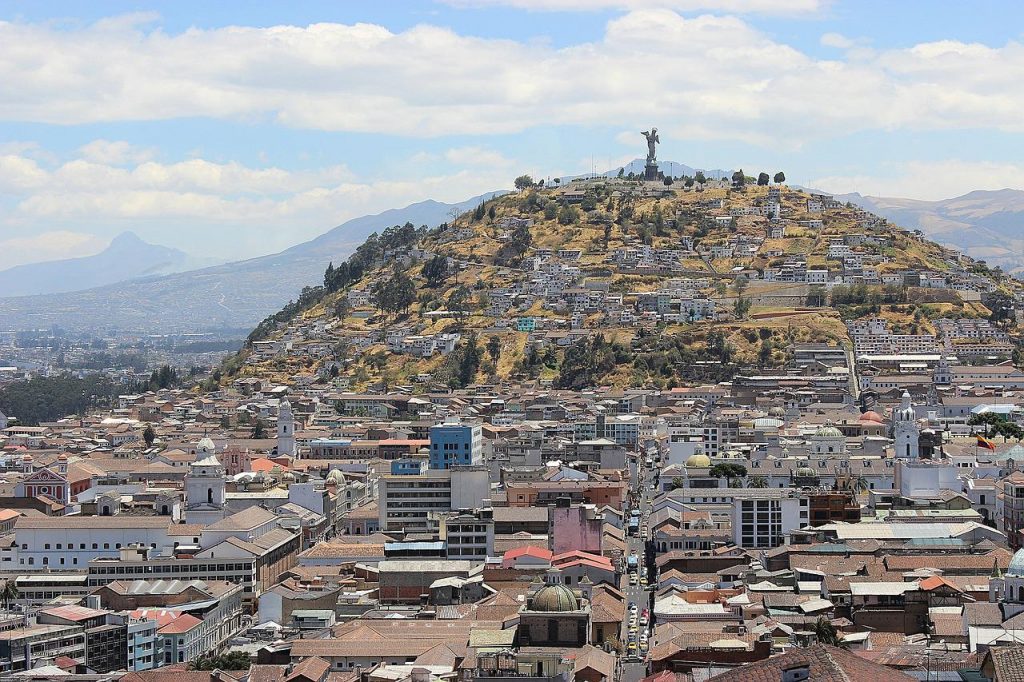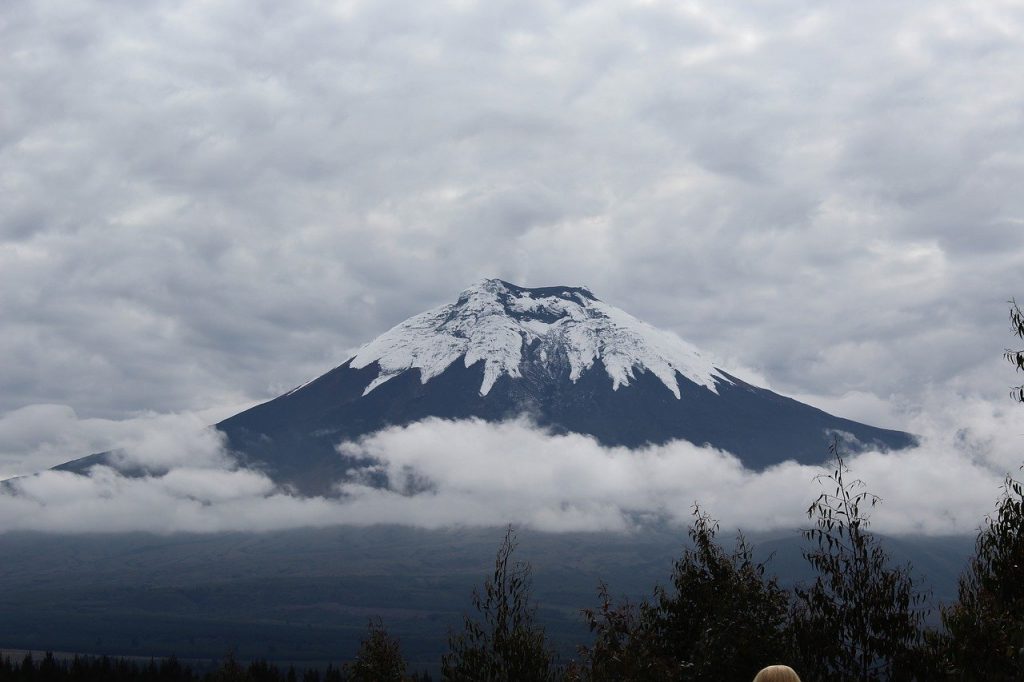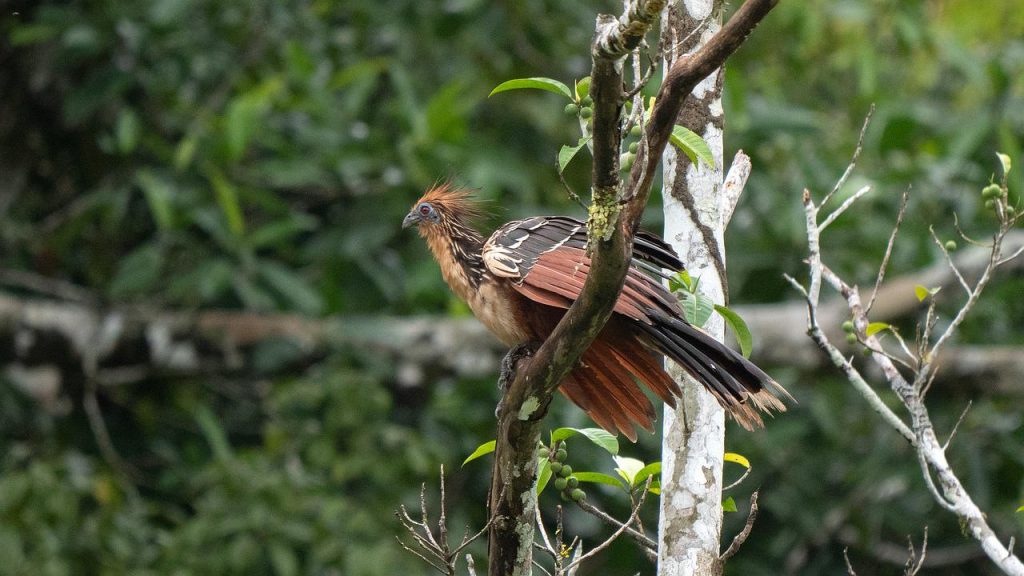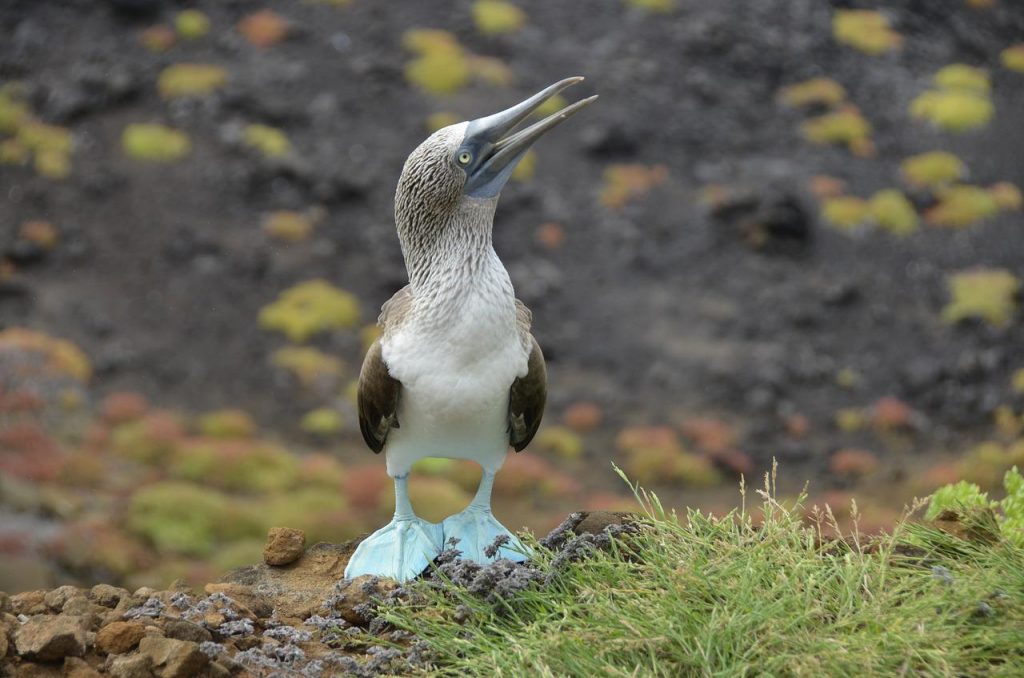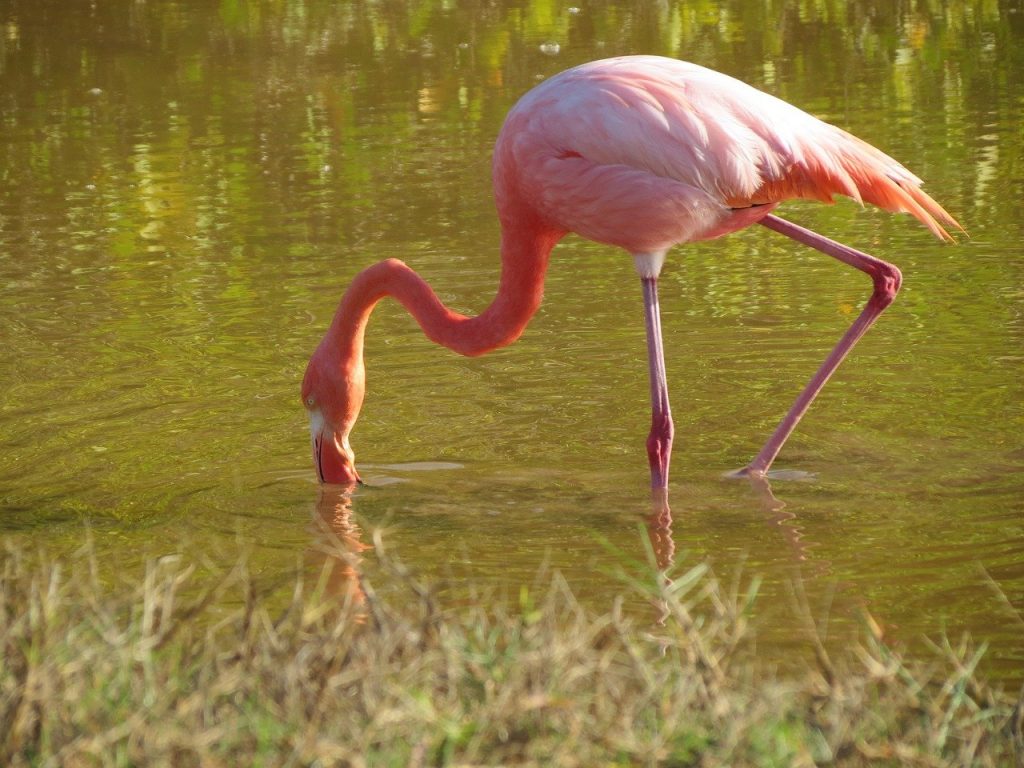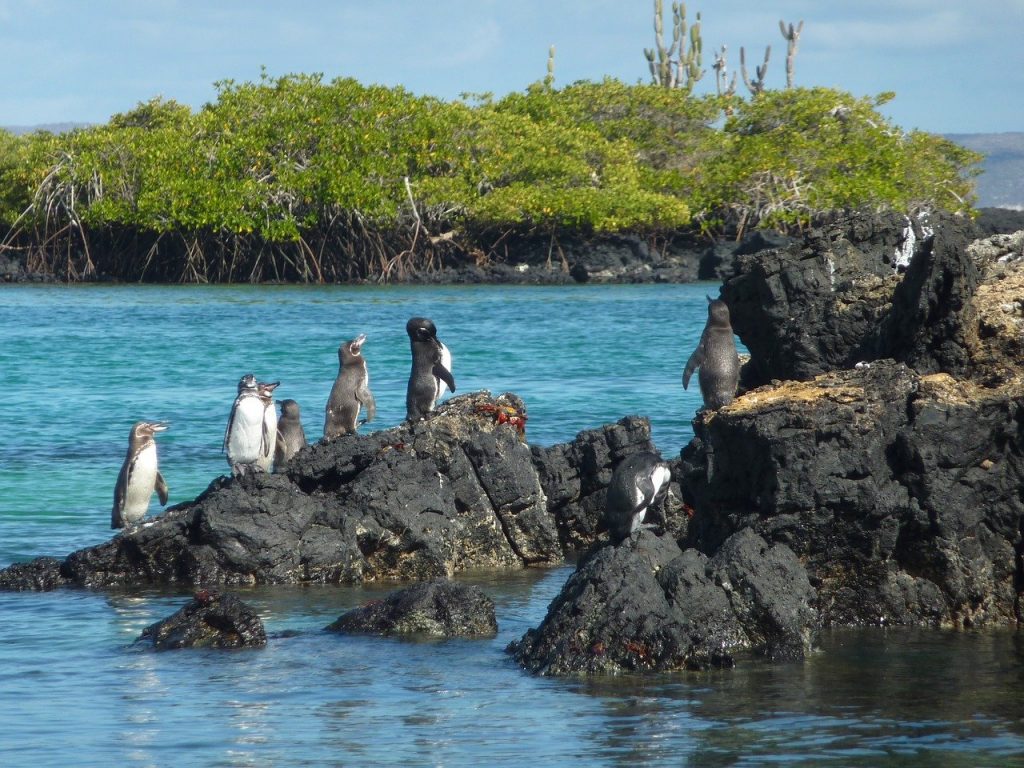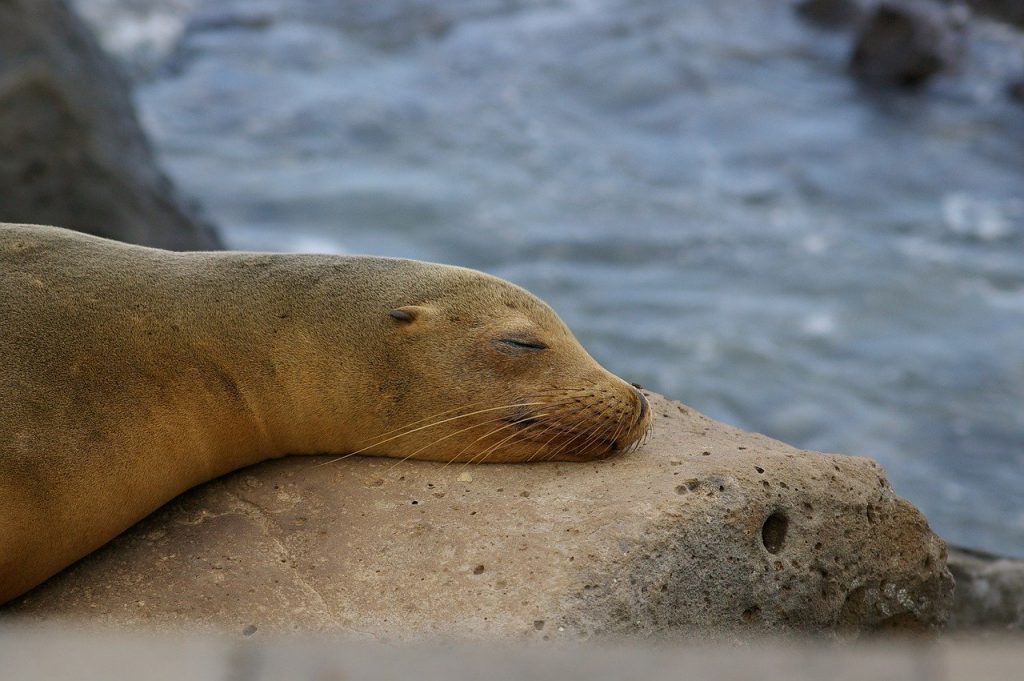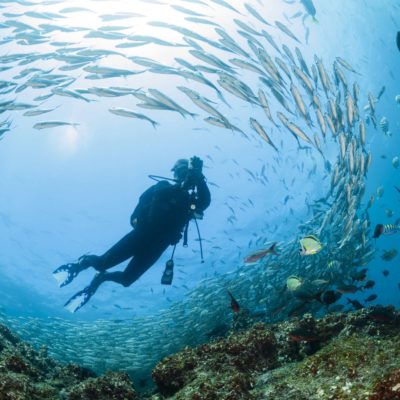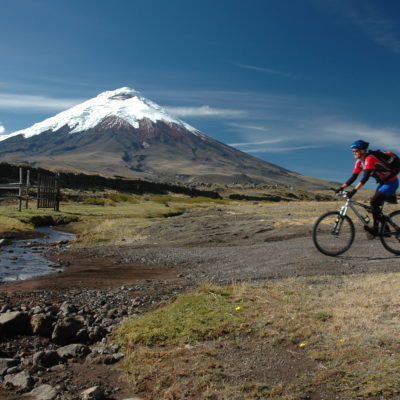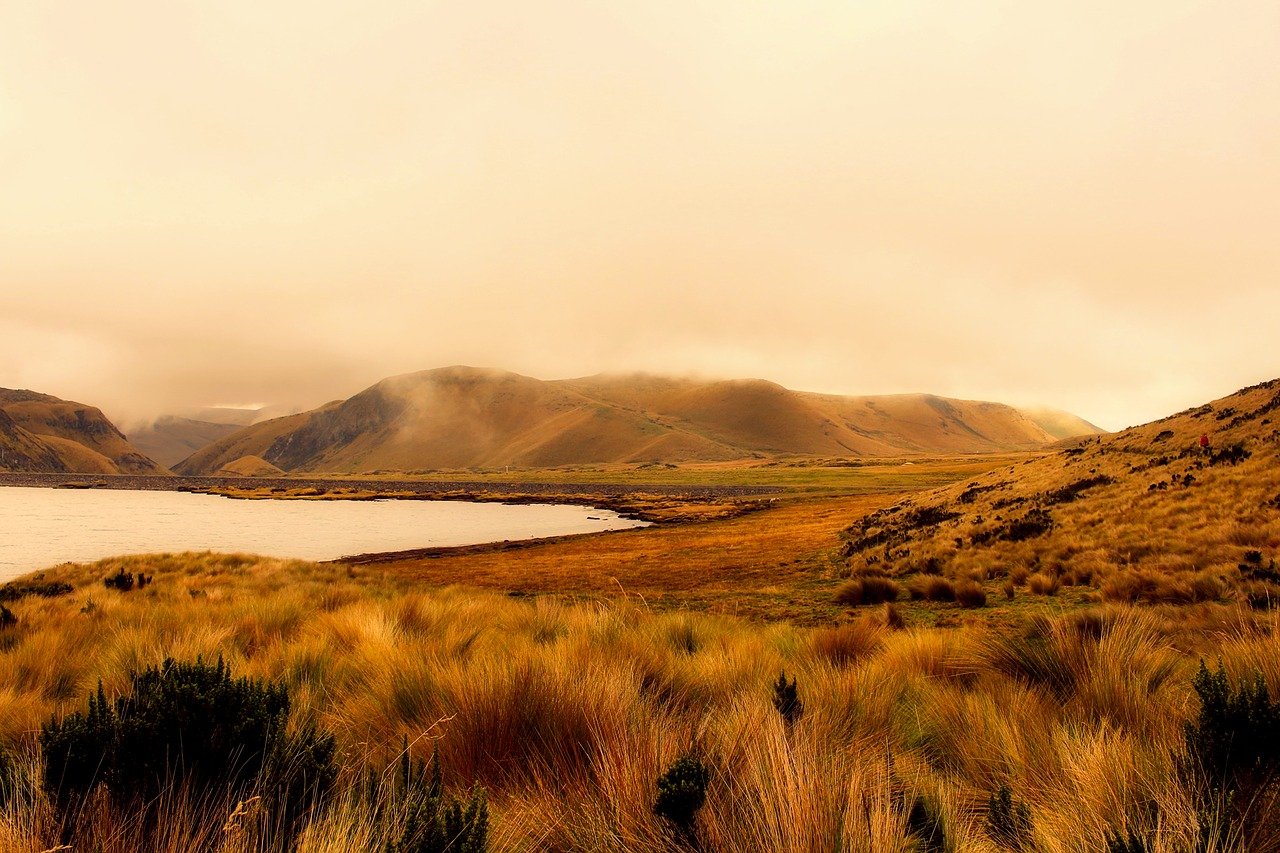
Why We Should Stop Overlooking Ecuador
Ecuador is an astonishing place; a population of 17 million people live in harmony with a mind-blowing amount of biodiversity, with 10% of all the planet’s plant species, 5% of reptile species, 8% of mammal species, and 8% of amphibian species all inhabit this small country, which only comprises 0.2% of the world’s land area. There are 46 separate ecosystems within the four regions of Ecuador; La Costa – the coast, La Sierra – the highlands, La Amazonía – the east, and La Region Insular – where the Galapagos are located. 59% of Ecuador’s territory is covered by native vegetation, and these amazing nature statistics come together to make Ecuador one of the world’s megadiverse countries.
Ecuador is commonly a country which often goes unexplored by travellers, however, being one of the most diverse countries on the planet is a major draw for nature enthusiasts. The country is full of varied and interesting landscapes waiting to be explored, from dense emerald equatorial forests, arid and rugged mountain ranges rising up in the distance – with Chimboarzo being the highest peak – coastal towns, mangrove forests and beaches.
Large azure lakes reflect the surrounding mountains in La Sierra, which are covered in patches of forest and surrounded by rolling grasslands. In the region of La Costa, travellers can find long stretches of sandy beaches, twisting mangrove forests, and quaint coastal villages. The largest region of Ecuador – La Amazonia is filled with thick, mesmerising rainforest, with winding waterways cutting a path through the towering trees. Only around 5% of the population live in this region, as well as the idengenous peoples of the Tagaeri, Taromenane, and Oñamenane.
Environmental Conservation in Ecuador
Many countries have been negatively impacted by climate change and deforestation, and Ecuador has not escaped this. From 2002 to 2021, Ecuador lost 206kha of humid primary forest due to actions such as deforestation, mining, and an increasing amount of forest fires. 4.7% of Ecuador’s tree cover was lost from 2001 to 2021, which is equivalent to 571Mt of CO₂ emissions – which is how much CO₂ Canada emitted in the whole of 2019. The importance of the rainforests cannot be underestimated as they are vital carbon sinks. Ecuador are taking steps to protect and conserve their wildlife by being an active member at COP26.
During the conference they signed the Declaration for the Conservation of the Marine Corridor of the Eastern Tropical Pacific, along with Costa Rica, Colombia, and Panama. They also signed the Declaration on Forests and Land Use, which will reverse forest loss and land degradation by 2030. While these two declarations and additional environmental pacts are a step in the right direction, it is important to note that action after signing these climate agreements is not mandatory, so it is vital to maintain a push on responsible travel to environmentally vulnerable countries such as Ecuador.
UNESCO World Heritage Sites
With 5 UNESCO World Heritage sites within the country, there is no shortage of exciting and interesting places to explore. One such place is the capital of Quito. A quirky and historical city, Quito is the second highest capital in the world, and is an equatorial city surrounded by magnificent snow capped mountains, including Chimbozaro and the towering Cotopaxi Volcano.
The intriguing historical city centre is one of the main reasons for the UNESCO World Heritage Site status, with spanish colonial architecture lining the streets, and the Neo-Gothic Basilica del Voto Nacional, which took over 30 years to build, starting in 1892. Travellers to Quito can climb inside the church where you will be rewarded at the top with a refreshing beer and breathtaking panoramic views of the city.
